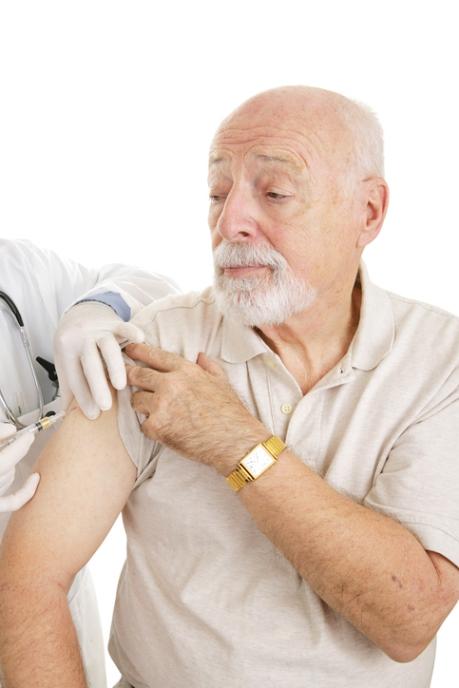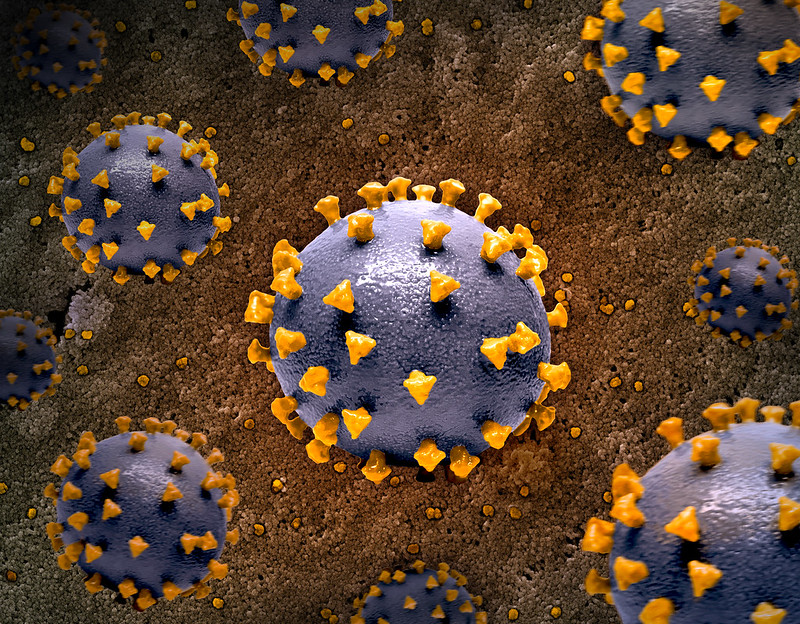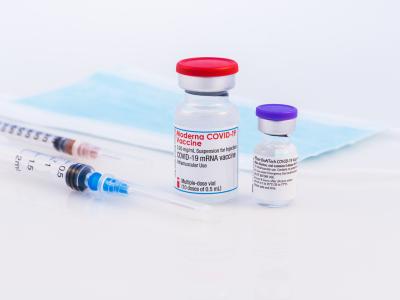
By July 2023, more than 80% of residents of Lower Mainland, British Columbia (BC), younger than age 50 had been infected with SARS-CoV-2 and may have some protection against infection, but more than 40% of those aged 80 or older remained uninfected and thus were at highest risk for hospitalization and death, according to a study today in CMAJ.
In their ninth survey of the presence of SARS-CoV-2 antibodies among Lower Mainland residents, a team led by BC Centre for Disease Control researchers estimated infection-hospitalization rates (IHRs) and infection-fatality rates (IFRs) by age and sex for the sixth to seventh (Delta/Omicron-BA.1 variants), seventh to eighth (Omicron BA.2/BA.5), and eighth to ninth (Omicron BA.5/BQ.1) surveys.
"About 10%, 40% and 60% of residents were infected with SARS-CoV-2 by the sixth (September 2021), seventh (March 2022) and eighth (July 2022) serosurveys," the study authors wrote. "We conducted the ninth (December 2022) and tenth (July 2023) serosurveys and sought to assess risk of severe outcomes from a first-ever SARS-CoV-2 infection during intersurvey periods."
1 in 30 elderly may be hospitalized
By July 2023, SARS-CoV-2 seroprevalence was higher than 80% among adults younger than 50 years but less than 60% among those aged 80 and older.
We estimated about 1 hospital admission for COVID-19 per 300 newly infected children younger than 5 years versus about 1 per 30 newly infected adults aged 80 years and older, with no deaths from COVID-19 among children but about 1 death per 80 newly infected adults aged 80 years and older.
Period-specific IHRs and IFRs were consistently less than 0.3% and 0.1%, respectively. Age-specific IHRs and IFRs among all adults were less than 1.0% to 0.1%, respectively, but were 3.3% and 1.0% among those 80 and older (IHRs, 4.7%, 2.2% and 3.5%; IFRs, 3.3%, 0.6% and 1.3% during the sixth to seventh, seventh to eighth, and eighth to ninth periods, respectively).
"During the eighth to ninth period, we estimated about 1 hospital admission for COVID-19 per 300 newly infected children younger than 5 years versus about 1 per 30 newly infected adults aged 80 years and older, with no deaths from COVID-19 among children but about 1 death per 80 newly infected adults aged 80 years and older during that period," the researchers wrote.














